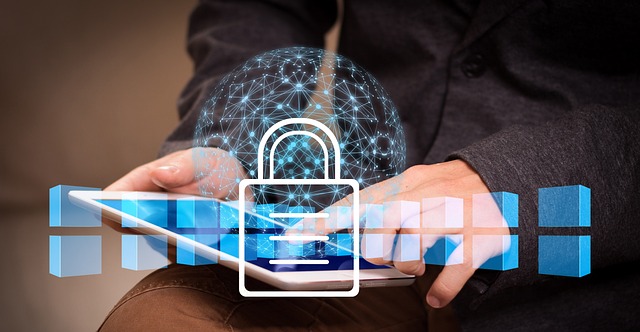The Rumsfeld Matrix as an effective tool in the decision-making process
During a briefing on the Iraq War, Donald Rumsfeld divided information into 4 categories: known known, known unknown, unknown known, unknown unknown. ...

Thanks to modern technologies information sharing between private and business users has become much easier and more convenient. But sometimes people trade convenience for privacy exchanging large amounts of corporate and personal information, paying with a single click, saving passwords etc. Such actions increase the risk of becoming a cybercriminals victim.
Cybercrime involves the use of computer technology to achieve illegal goals. This is any criminal activity that is related to a computer, network devices or network (fraud, data leakage, phishing attacks, clickjacking, typesquatting, DOS attack, etc.).
The main goal of cybercrime is the profit that cybercriminals will receive. However, the goal may also be to damage or disable computers and devices, use computers and networks to distribute malware, illegal information, videos, images and other materials, infect computers and networks with viruses. The «target audience» of cybercriminals can be both individuals (personal information) and organizations (corporate data). The large-scale transition of companies to a remote work mode due to the pandemic has contributed to an increase in cybercrimes number.
Although this type of crime does not affect the physical body of a person, it does affect the «digital body». In the digital age, each person is a set of numbers and identifiers in a multitude of databases owned by the government and various companies. This once again emphasizes the importance of networked computers in people’s lives.
One of the main features of cybercrime is its ubiquitous nature. Actions can take place in jurisdictions that are far away. This in turn entails serious problems for law enforcement agencies that require international cooperation.
Where does cybercrime take place?
All cybercrimes take place in cyberspace – is a virtual world, an electronic environment. This space usually includes a large computer network and consists of many computer subnets. A key feature of cyberspace is an interactive and virtual environment for multiple participants.
5 common cybercrimes that affect individuals and businesses:
91% of successful cyberattacks start with fear or interest in clicking on a link. Phishing emails mimic messages from a familiar person or trusted company. Their goal is to force a person to give up their personal data and follow a link that downloads a malicious program. About 1,000 phishing attacks are launched daily.
Website spoofing is a type of attack in where the site is as similar as possible to the real official site and makes users believe it. Fake sites use the name, corporate style, user interface. This makes them as believable as possible and forces users to enter logins and passwords. The purpose of the attack is to gain user trust, gain access to user systems, steal data, money, or distribute malware.
Ransomware is a modern version of regular ransomware that has been around for a long time. How this virus works: criminals steal something of value, and demand payment for the return. For most organizations, this is about encrypting corporate data. A ransomware attack causes downtime and paralyzes the work of all employees.
Without restorable backups the company is effectively at the mercy of a cybercriminal. It will hold corporate data «hostage» until the organization redeems the decryption key. Ransomware has become one of the major problems and threats for organizations.
It is specially designed software with the aim of gaining access to a computer or damaging it. The targets of a malware attack can be: power, influence, money, information. Recovery from this type of attack is usually time-consuming and costly.
Popular types of malware include:
The Internet of Things provides access to everyday activities and business processes on the Internet. All Internet-connected entities collect and exchange data. Now data is one of the most valuable assets. It provokes hackers to constantly try to use all the devices that collect data.